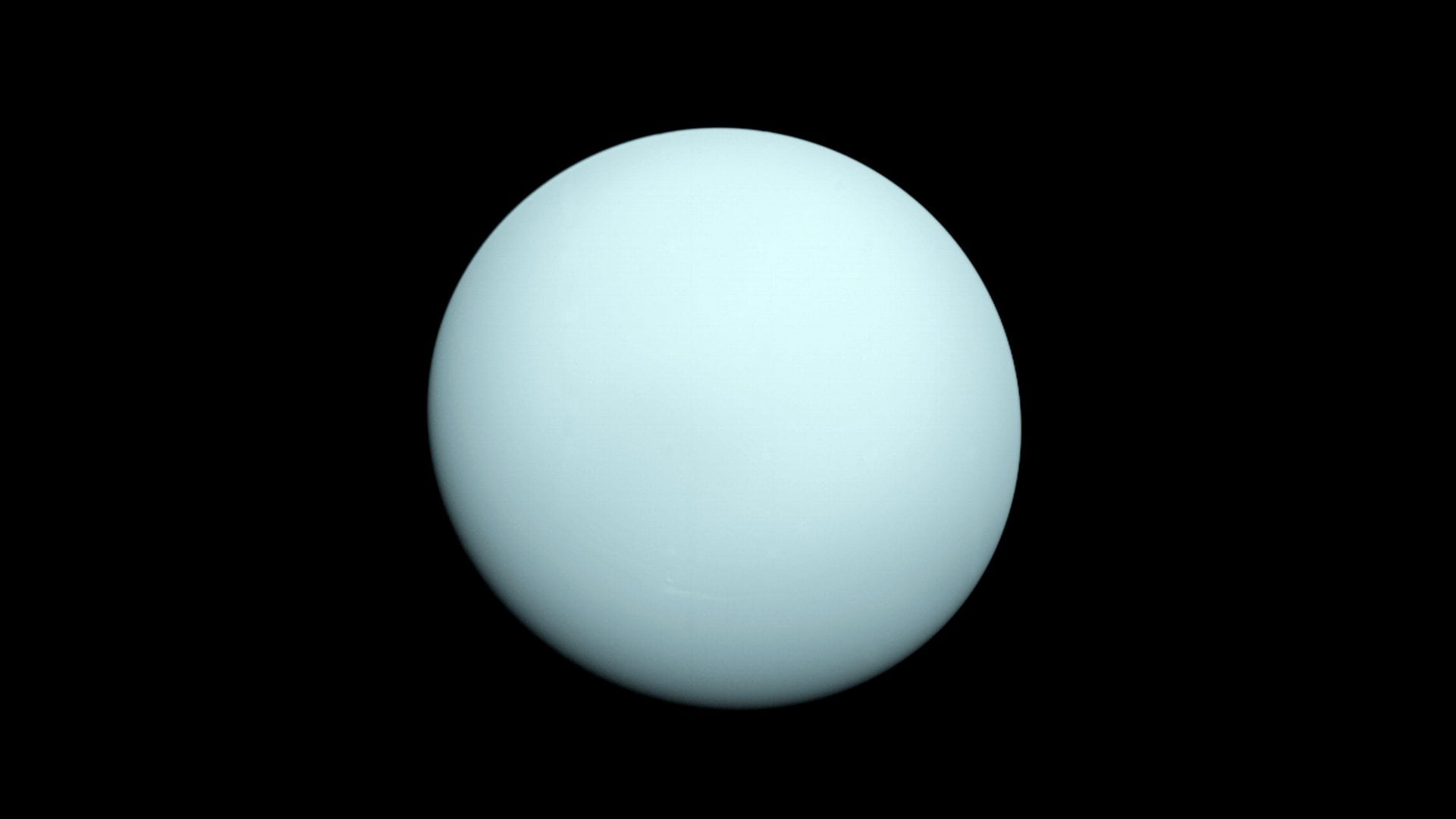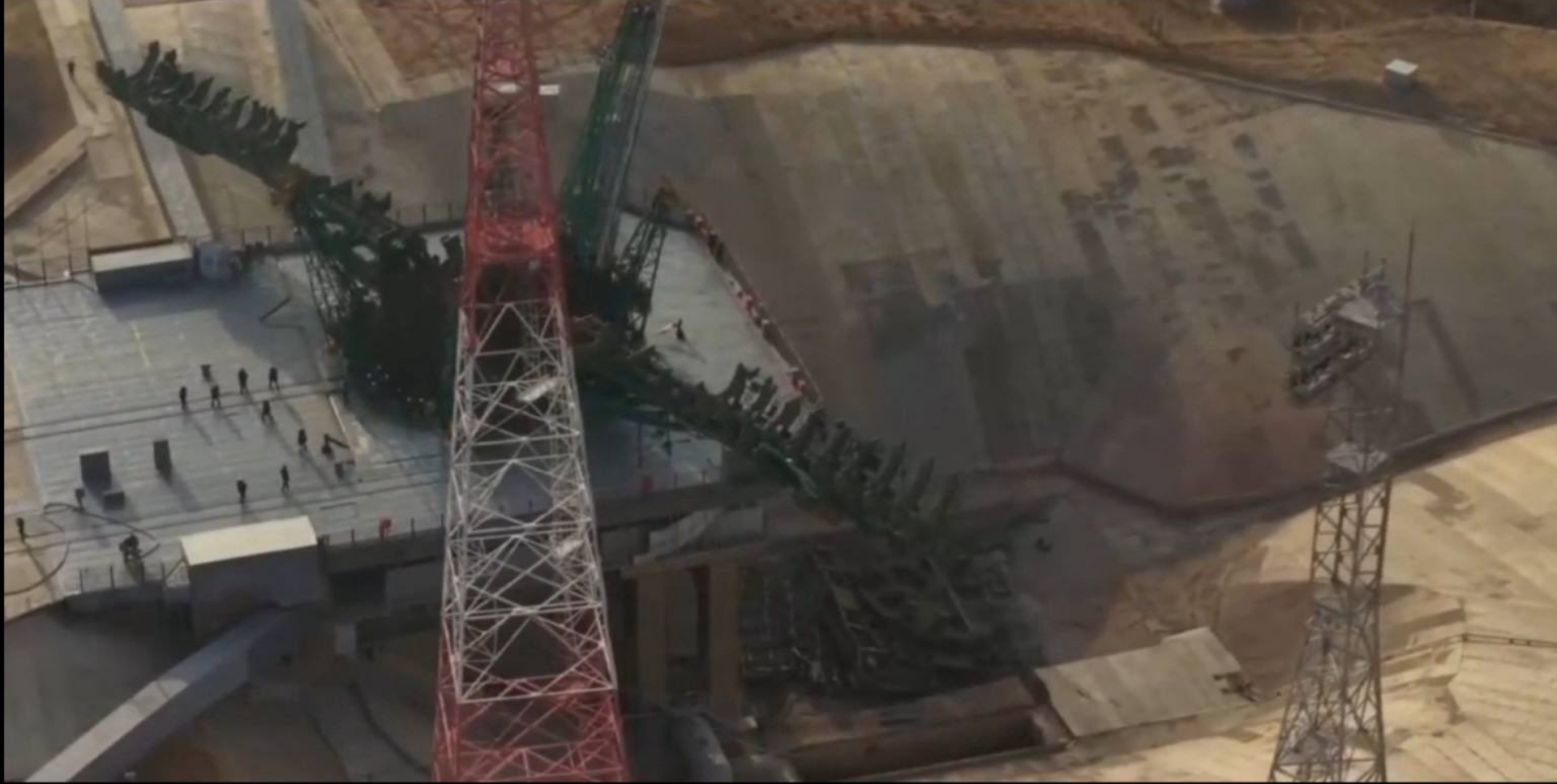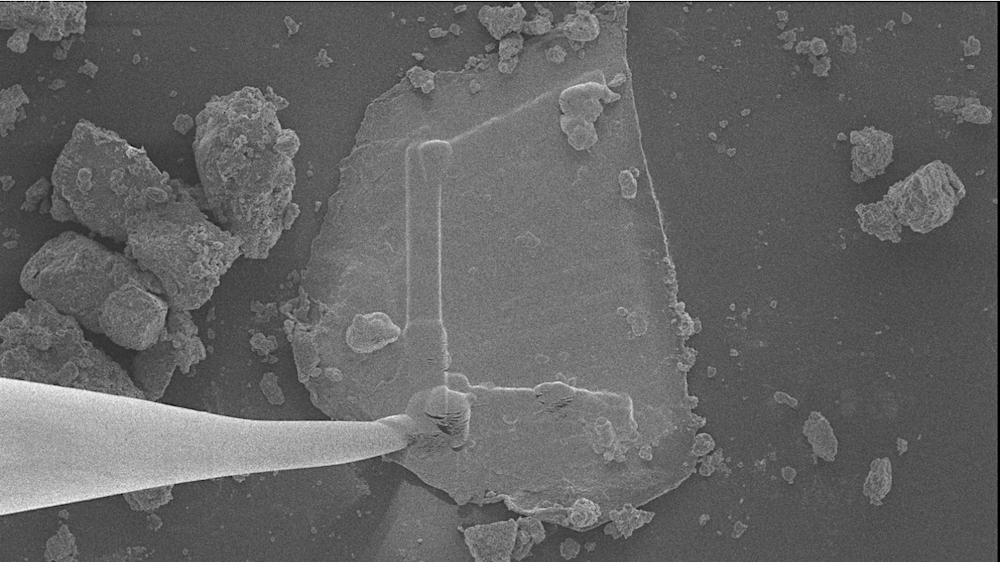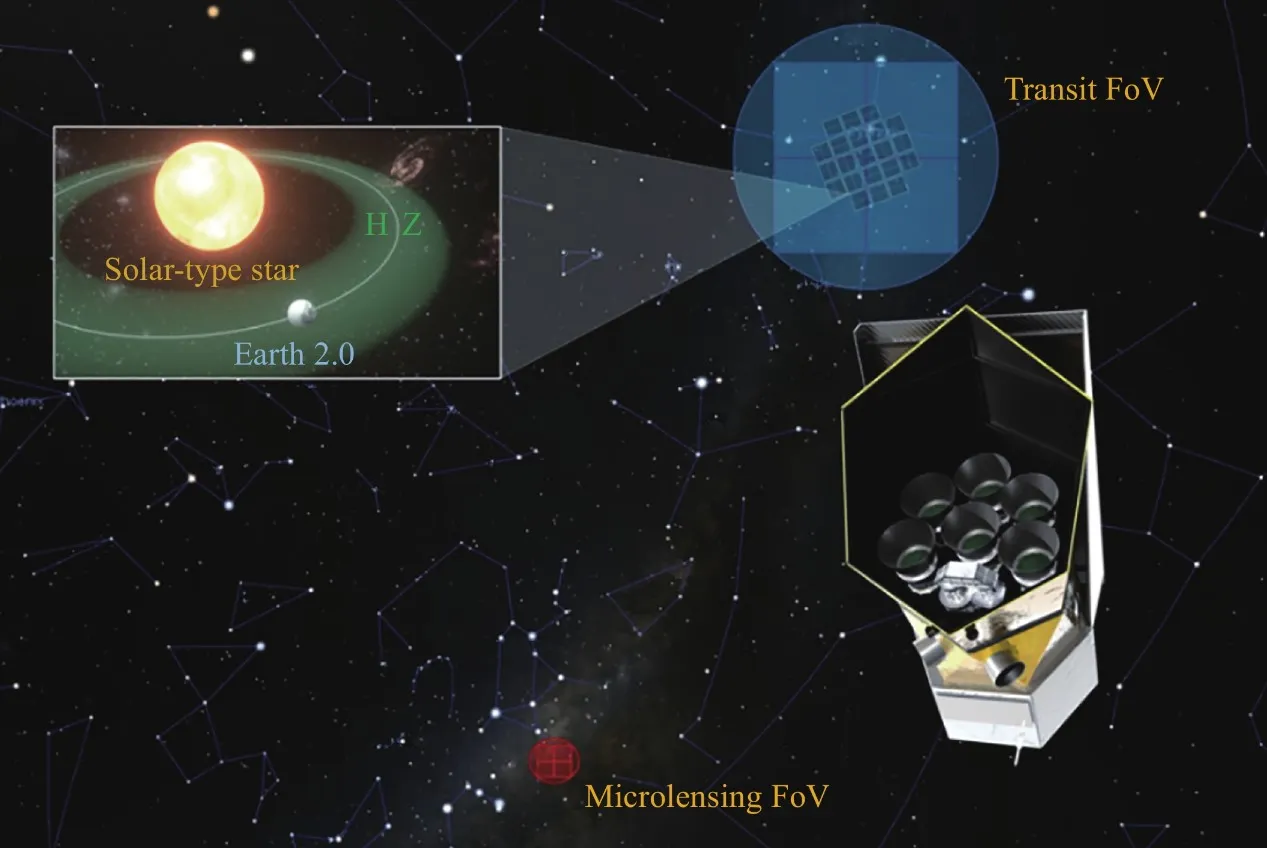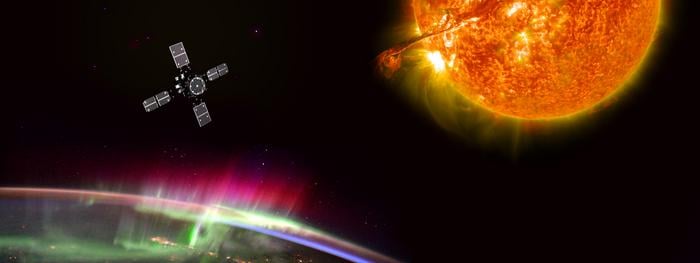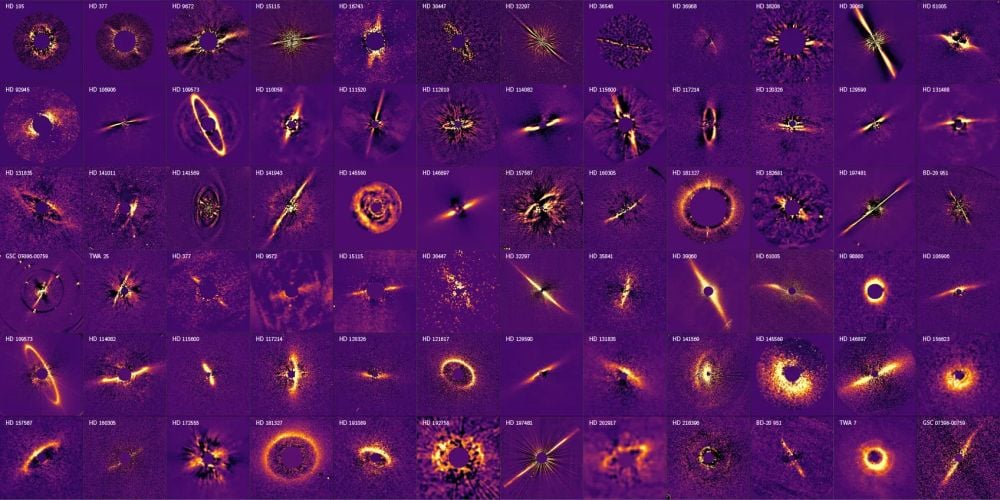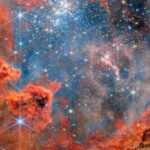Southwest Research Institute (SwRI) scientists believe they may have resolved a 39-year-old mystery about the radiation belts around Uranus.
A severe accident at the Baikonur Cosmodrome involving a wrecked maintenance cabin has indefinitely delayed Russia’s ability to launch crewed missions and payloads to the International Space Station (ISS).
What can mapped drainage systems on Mars teach scientists about the red planet’s watery past? This is what a recent study published in the Proceedings of the National Academy of
What is “gum”? Most people have probably never considered this question, and might answer something like a chewy material you can put in your mouth. But, to a scientist they
Hot exozodiacal dust can thwart our efforts to detect exoplanets. It causes what’s called coronagraphic leakage, which confuses the light signals from distant stars. The Habitable Worlds Observatory will face
A video that appeared on CGTN’s Hot Take details four missions that China will be sending to space in the coming years, including a survey telescope that will search for
A powerful geomagnetic superstorm is a once a generation event, happening once every 20-25 years. Such an event transpired on the night of May 10/11, 2024, when an intense solar
Observations with the SPHERE instrument on the European Southern Observatory’s VLT revealed the presence of debris rings similar to structures in our Solar System. SPHERE found rings similar to the
Astronomers have captured images of two stellar explosions—known as novae—within days of their eruption and in unprecedented detail. The breakthrough provides direct evidence that these explosions are more complex than
Stars form in massive clouds of gas called molecular clouds. As they form, they accrete gas from these clouds, and as the stars rotate, gas and dust accumulates in a
-
 01From Polymerization-Enabled Folding and Assembly to Chemical Evolution: Key Processes for Emergence of Functional Polymers in the Origin of Life
01From Polymerization-Enabled Folding and Assembly to Chemical Evolution: Key Processes for Emergence of Functional Polymers in the Origin of Life -
 02Panasonic Leica Summilux DG 15mm f/1.7 ASPH review
02Panasonic Leica Summilux DG 15mm f/1.7 ASPH review -
 03How New NASA, India Earth Satellite NISAR Will See Earth
03How New NASA, India Earth Satellite NISAR Will See Earth -
 04And Thus Begins A New Year For Life On Earth
04And Thus Begins A New Year For Life On Earth -
 05Astronomy Activation Ambassadors: A New Era
05Astronomy Activation Ambassadors: A New Era -
06SpaceX launch surge helps set new global launch record in 2024
-
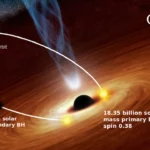 07Two Black Holes Observed Circling Each Other for the First Time
07Two Black Holes Observed Circling Each Other for the First Time


